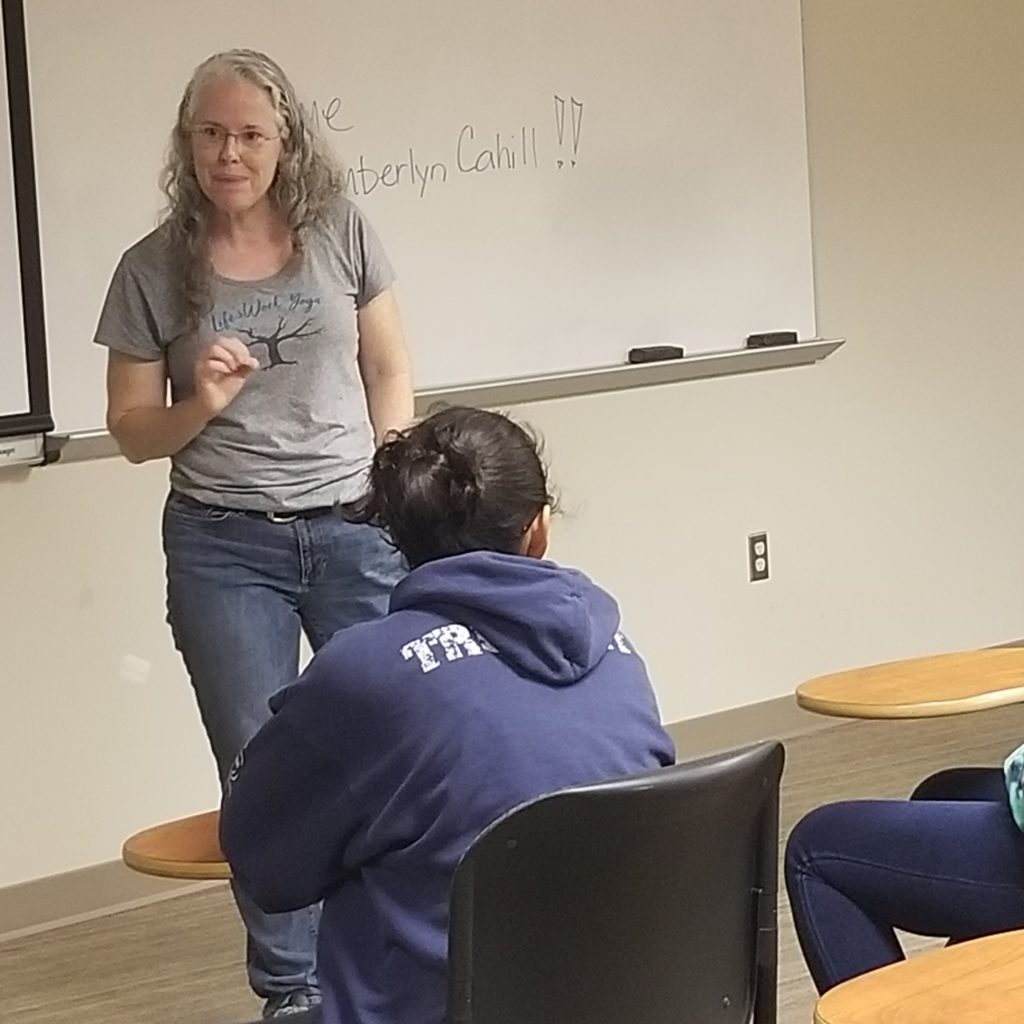What is your life’s work?

Wouldn’t is be great if we all had a clear understanding of our purpose and our life’s work? Last week I teased that I would attempt to offer a fool-proof strategy for discovering the specifics of finding our life’s work, our unique contribution to our community… but be warned, this is not a quick fix or a passive plan. Transparent Alignment is the strategy for discovering and living our life’s work. But finding our life’s work is a practice in it of itself and what it looks like will shift with the seasons and stages of your life, at least it has for me.😊
I consider my primary role in this world to be that of a teacher. Teaching is my life’s work. In my mind, teaching is my way of serving. I’ve been a teacher as long as I can remember. As a child, my siblings and I would play school. I’d teach math, spelling, reading, dancing, horseback riding, anything. In fact, my siblings will tell you I was always trying to teach them the “RIGHT” way of doing #allthethings. I was always the teacher, which often meant I rejected the role of student.
To reject the role of student in role playing is one thing, to do it in life has much bigger consequences. This is why swadyaya (self-study) is a founding principle in yoga philosophy.
I was often preoccupied (some might say, obsessed) with finding opportunities to serve as teacher … even when it wasn’t “my place”. I justified this pursuit by finding students I could “help”. Teaching was also my way of proving my worth and protecting myself from being perceived as less than (I concede, self-perception probably more than external perceptions!). More than once my role as teacher came with a cost. In hindsight, I now know that my need to be teacher inadvertently made others feel less capable, kept me separate and disconnected from my peers and ultimately prevented me from learning some of life’s greatest lessons. For one, the roles of teacher and student are not mutually exclusive. On the contrary,
To be a teacher, you must first be a student. To be a GREAT teacher you must simultaneously be a great student.
I grew up hearing the adage, “Those who can do and those who can’t teach.” What an awful way to frame the role of teacher… and the do-er, for that matter. To me the best do-er is the one who can teach and lead others in their own doing. In fact, my Master’s dissertation proposed that our best leaders are our best teachers, and vice versa. But teaching and doing are TWO DIFFERENT SKILLS. They can co-exist in the same person (like being a fast runner and a good jumper) but are not inherently interdependent. In other words, to be a great do-er, does not always equate to, or need to be, an effective teacher.
Learning is facilitated through personal experience and observation of the world around us, sometimes that learning is facilitated by a teacher, external or internal (self). Learning and teaching are really two sides of the same coin. Teaching and learning are the fundamental practices of Transparent Alignment. By employing intention, attention and action, we discover, define, and demonstrate our life’s work.
Learning could be defined as developing discernment based on our values and preferences. We might call this judgment. Judgment has gotten a bad wrap in the yoga community. But judgment isn’t the problem. Let me say that again. Judgment isn’t the problem…however, using judgment to justify the devaluation, mistreatment or shaming is a problem. Recognizing the difference is key.
Judgment is defined as “the ability to judge, make a decision, or form an opinion objectively, authoritatively, and wisely, especially in matters affecting action; good sense; discretion”.
Judgment or discernment is the way our brains function to understand and make sense of the world around us. We use judgment to prioritize and determine distinctions. For example, we use judgment to distinguish between a red light and a green light when approaching an intersection. We use judgment when ordering a meal off a menu. We use judgment when choosing what outfit to wear on a daily basis. Sometime these judgments are simple and quick while others require more reflection and evaluation because risk and consequences are greater.
These simple examples rarely result in disagreement or dissonance, until there is an accident. Our brains, upon perceiving threat, actively fight to make sense of competing information. Our intellectual brains are prey to our emotions. The light was green! I am right, they are wrong. Hardwired to find solutions, our brain seeks to defend and justify our feelings and desires to make sense of mis-alignments in our perceived world.
So how does this relate to finding and doing our life’s work? Discernment and judgment, learning and teaching are key ingredients to finding our path and teaching others how and what we can best contribute. It starts with deep personal reflection to identify how we use our talents and passions and when and where to best serve our community and share our best selves followed by actions in service.
